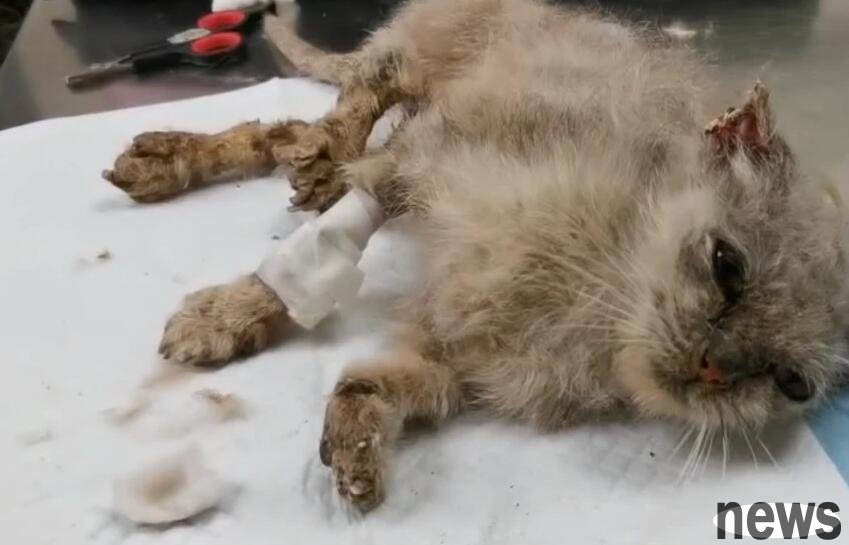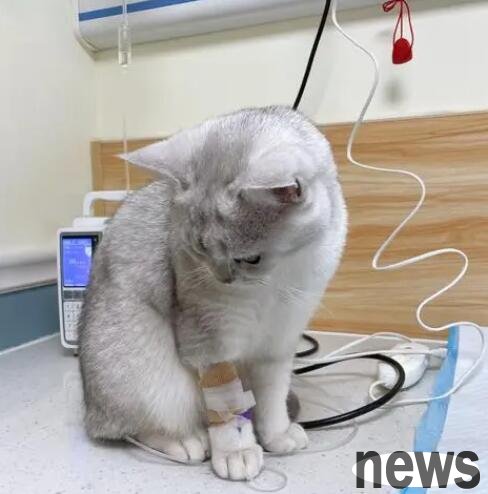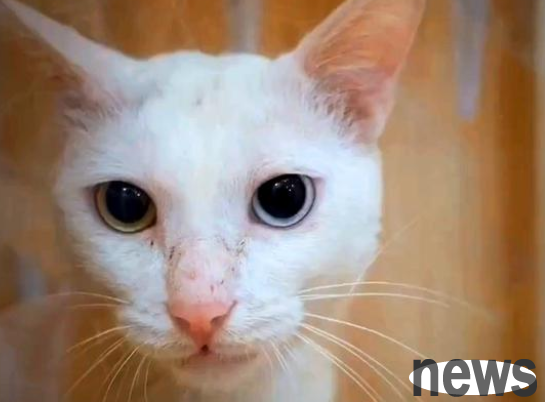As a cat slave, you must understand several types of emergency treatments that require taking your cat to the hospital!
The previous articles mentioned the emergencies caused by some common symptoms of cats. In fact, some serious diseases are gradually accumulated by some small symptoms. So it has to be said that if a cat has abnormalities, don’t drag it, think it can be cured by itself, or some people are at a loss, and see that the cat is dying of illness and ask everywhere what to do to get better. But we should not send it to the hospital. We should still go to a regular hospital to find out the cause and treat it as soon as possible. The consequences of delaying and delaying are unpredictable. Then, let’s continue to talk about the several types of emergency treatments that you must know as a cat slave!

1. Convulsions
Common causes of cat convulsions include injuries, nerve damage, motor disorders, or brain diseases, such as hydrocephalus, which can also cause involuntary convulsions, and others, such as epilepsy, or may be caused by electrolyte disorders, brain tumors or epilepsy. Convulsions are not a single symptom, and are often accompanied by other symptoms. Take epilepsy for example. Cats will experience sudden loss of consciousness and convulsions. At the same time, they will fall to the ground with a chirping, and may become coma, and may also have symptoms such as dilated pupils, rolling back eyes, opening limbs, and salivation at the corners of the mouth. This is more serious.
Therefore, a small number of convulsions will not be life threatening, but multiple consecutive convulsions are very dangerous and need to be controlled immediately with the help of drugs. So go to the pet hospital as soon as possible. The most important thing is to ask the veterinarian to help find potential causes and then try to avoid the same problem from happening frequently in the future.
2. Vomiting
If your cat vomits occasionally or intermittently, this is not an animal's emergency. This may be due to eating discomfort, which causes symptoms of the digestive tract. Vomiting is mostly caused by strong stimulation of the gastric mucosa, causing reverse peristalsis and contraction of the stomach, accompanied by open cardia and reverse peristalsis and contraction of the esophagus. Vomiting is a protective reflex function of the body, which eliminates irritating objects in the stomach. Vomiting in cats is not all pathological, and some vomiting is physiological.
If your cat vomits frequently, it is recommended to take it to the animal hospital for examination immediately. If vomiting is caused by illness, it is pathological vomiting. If red substances appear in the vomit, this means that the problem is even more serious and you also need to take it to the hospital for examination immediately.
Pathological vomiting is generally of many factors, such as bacterial, parasites, virality, etc. If these factors are caused, you should be sent to the hospital for treatment immediately. It may also be due to foreign body blockage, heart or lung trauma, drug or food poisoning, or it may be caused by stimulation of other substances that cause throat, stomach or digestive tract damage. Vomiting for too long can lead to dehydration and eventually death. In older animals, many kidney diseases can also show symptoms of vomiting.

3. Eye emergency
Many times, pet owners can easily ignore the animal's eyes. If the eyes have a small amount of eye secretions, there is no need to be particularly nervous, but if the eyes suddenly become red or unwilling to open their eyes, or there are some purulent secretions, you should consider that the eyes may be acute, such as cats exuding eye boredom, constantly blinking, crying, instantly exposed membranes, and swelling of the conjunctiva. This may be conjunctivitis, and other glaucoma and corneal ulcers. These diseases are caused by cats’ eyes being painful or red and swollen, and secretions are found in the corners of their eyes.
Secondly, there are many possible clinical causes of red eyes in cats, such as viral infection, corneal trauma, or hypertension. Of course, sudden vision loss also requires taking pets to the animal hospital immediately. Because early treatment of some diseases can restore vision.
The above introduces a total of ten kinds of cats' emergency diseases. If you look closely, you will find that the reason for judging whether a symptom is an acute disease is whether it occurs frequently in a short period of time, such as frequent vomiting and frequent diarrhea in the cat, which requires the owner to pay enough attention. Of course, this does not mean that some chronic diseases do not require our attention. In short, if a cat has symptoms, the owner can first try to make a judgment based on its usual breeding experience, or give it some preliminary treatment. If the symptoms continue to improve, it is better to send it to the hospital.




